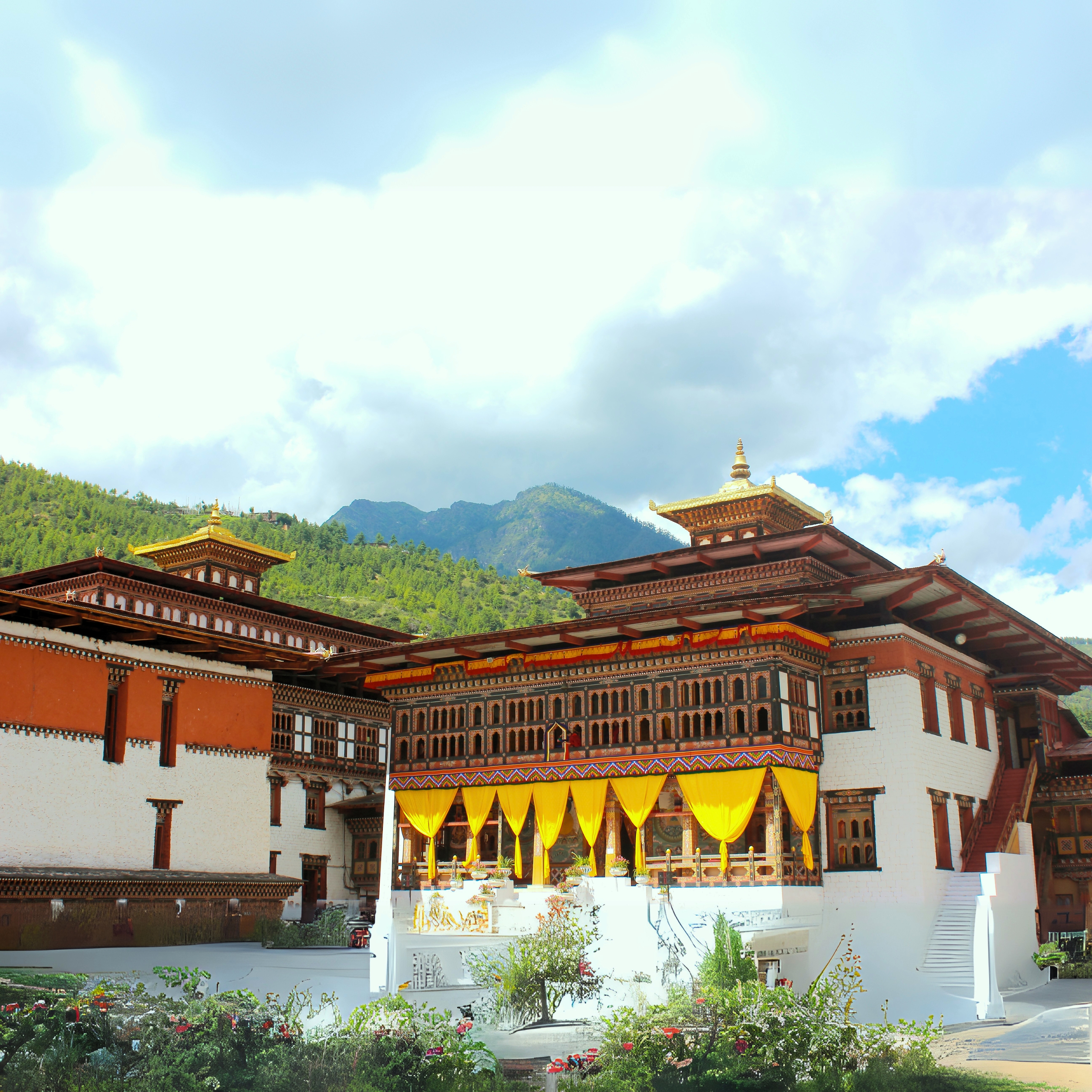
No. of pax: 4 Adults and 2 Kids (8 years old)
Hotels Used: 3 star Hotels
In the event of cancellation of tour/travel servicesdue to any avoidable/ unavoidable reason/s we must be notifiedof the same in writing. Cancellation charges will be effectivefrom the date we receiveadvice in writing,and cancellation charges would be as follows:
45 days prior to arrival: 10% of the Tour / service cost.
15 days prior to arrival: 25% of the Tour / service cost.
07 days prior to arrival: 50% of the Tour / service cost.
48 hoursprior to arrivalOR No Show: No Refund.